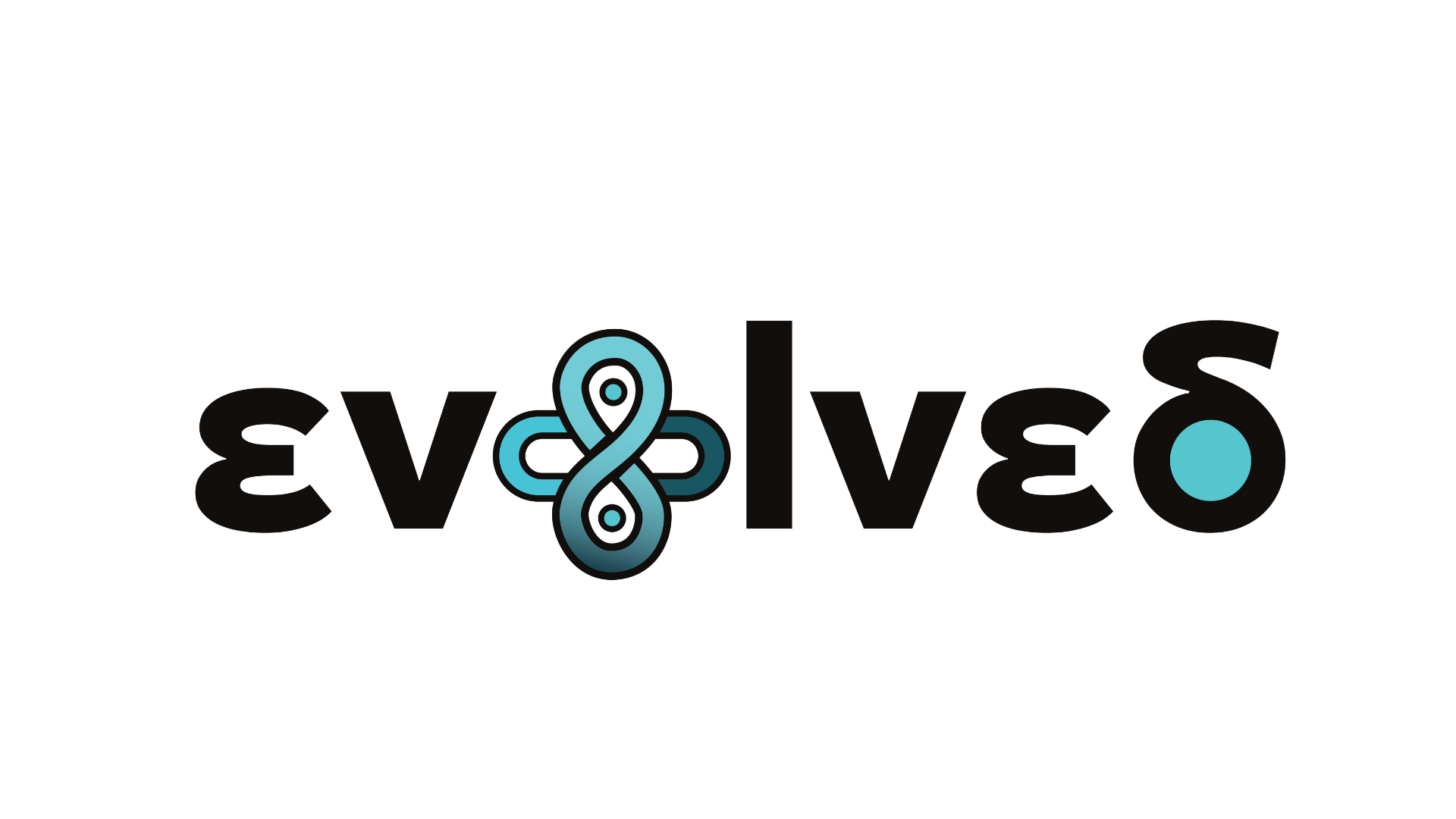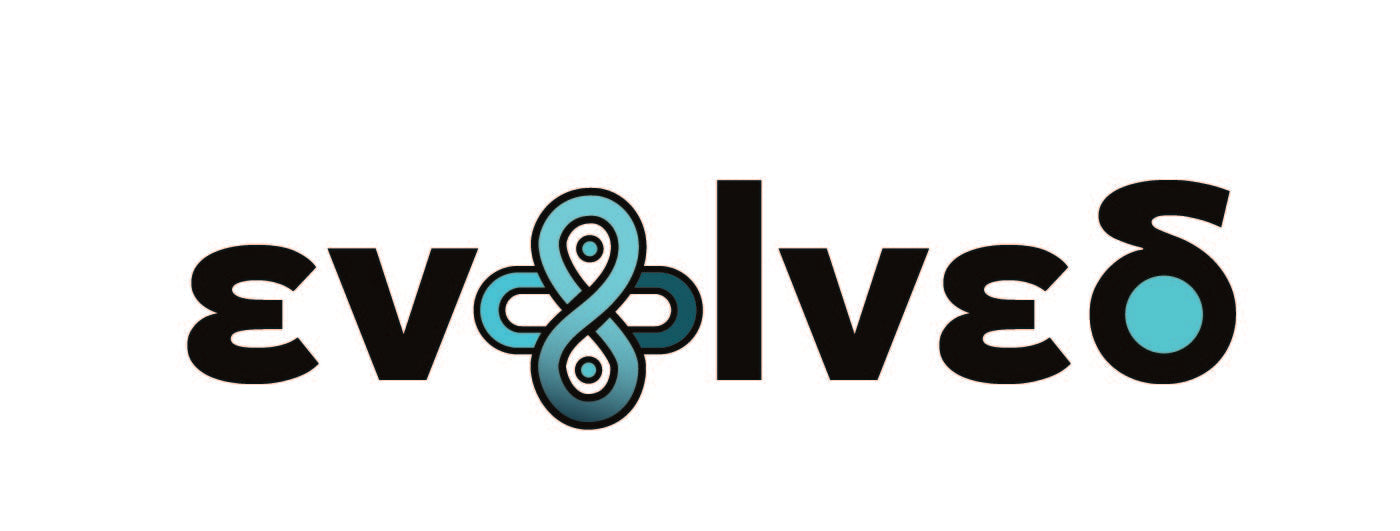The modern business landscape demands constant innovation to stay ahead. But where do the best ideas come from? Often, not from the top floor, but from the individuals closest to your organization's daily realities—those who encounter the problems firsthand and often have the most insightful perspectives on potential solutions.
Our "Imagine" statement – where every corner of our organizations cultivates environments where creativity flourishes, reducing the distance between people presenting problems or opportunities and those asked to deal with them – speaks to a fundamental shift in how we approach innovation. It's about breaking down silos, fostering open communication, and empowering individuals at all levels to contribute their creative thinking.
So, how can leaders practically cultivate such an environment?
Here are some key steps:
1. Foster Psychological Safety: Creativity thrives in a space where people feel safe to express unconventional ideas without fear of judgment or ridicule. Leaders must actively cultivate a culture of trust and respect, where experimentation is encouraged, even if it doesn't always lead to immediate success.
2. Encourage Cross-Functional Collaboration: Break down departmental barriers and create opportunities for individuals from different teams to interact and share perspectives. Diverse viewpoints often spark unexpected and innovative solutions. Consider initiatives like cross-functional project teams, facilitated brainstorming sessions with representatives from various departments, or even informal "idea exchange" forums.
3. Implement Idea Generation Mechanisms: Create clear and accessible channels for employees to submit their ideas, regardless of their position. This could include suggestion boxes (physical or digital), dedicated innovation platforms, or regular "innovation challenges" focused on specific organizational needs.
4. Actively Listen and Value Diverse Perspectives: Leaders must actively solicit input from all levels of the organization and demonstrate that these contributions are valued. This means not just hearing ideas, but truly listening, asking clarifying questions, and resisting the temptation to improve someone's idea by Adding Too Much Value.
5. Provide Time and Space for Creative Thinking: In today's fast-paced work environments, it's easy for creative thinking to take a backseat to urgent tasks. Leaders should consciously create dedicated time and space for employees to brainstorm, explore new ideas, and engage in more open-ended thinking, free from immediate pressures.
6. Recognize Innovation: Acknowledge and celebrate successful innovations, the experimentation approach, not just the successful results. This reinforces the value of creativity within the organization and encourages continued participation.
7. Empower Problem Solvers: When individuals identify problems or opportunities, empower them to lead efforts to the solution. This reduces the distance mentioned in our "Imagine" statement and fosters a sense of ownership and engagement. Provide them with the resources and support to explore and implement their ideas. Building a truly creative organization is an ongoing journey, but the rewards – increased innovation, greater employee engagement, and a more adaptable business – are well worth the effort.
What practical steps have you seen successfully foster a flourishing environment of creativity within organizations? Share your experiences and insights in the comments below! Ready to take concrete steps towards building a more innovative and adaptive organization?
Explore our leadership workshops.



Share:
What is Evolved and why is it needed?
Beyond Dashboards: How an Obeya Room Powers Data-Informed Decision making and Accelerates Delivery